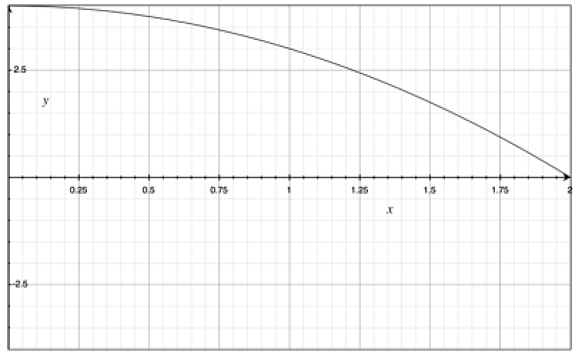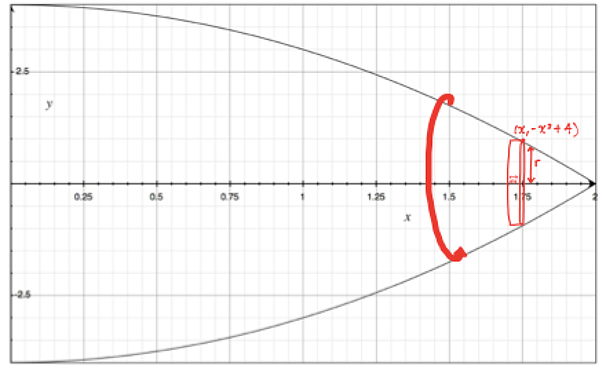 Merry Christmas Eve! Why yes, I do believe volume rotation integration is as easy as apple pie!
Merry Christmas Eve! Why yes, I do believe volume rotation integration is as easy as apple pie!
Every once in a while something you learn in class really just knocks you off your feet. Those of you who have taken AP physics will know that position is the integral of velocity. About a month ago, on a fairly dreary Boston morning, I was sitting in my neurobiology class, semi-interested, when the professor informed us off something truly shocking: our brain determines and maintains our eye position by literally integrating velocity information into position information.
It took humanity all the way until Newton and Leibnitz to figure out calculus, and it takes the education system about twelve years to teach calculus. All the while you are subconsciously integrating every second that you are awake. So while it is completely understandable that AP Calculus can be intimidating, it’s at least somewhat comforting to know that you—or at least your eyeballs—have been doing it your entire life!
Unfortunately, as a math tutor near MIT, I’ve found that even for ambitious students, doing calculus is much more difficult. So here are 4 easy steps to remember when doing those pesky volume rotation integration problems.
Problem:
Here’s a pretty basic problem which you may come across in your AP calculus class:
Find the volume of the shape created by rotating the curve y=-x2 + 4 around the x-axis for 0<x<2.
So, step 0, is to draw the relevant portion of the graph and figure out the boundaries. Here, I’ve done this one for you:

As you can see, you are rotating the piece of the graph in the upper right hand quadrant. You can imagine, that by rotating around the x axis, you will make a sort of pointed cone-like figure on its side. Now let’s get to the math!
Approach:
- Find the easiest shape
- Describe the equation

- Find the coordinates
Below, is a picture that summarizes the previous three steps:

- Solve!
Summary:
While integrals can be intimidating at first, remember the key is to 1) find the easiest shape, 2) to remember the equation, and then 3) to find the appropriate coordinates to substitute into your equation. If you remember these basic steps, you will soon love calculus as much as these fellas. For more inspired reading, check out this blog post on following your math intuition, and translating words into equations, written by an MIT math tutor. For more help with calculus or any other advanced math tutoring needs, consider working with a Cambridge Coaching’s MIT math tutors in Boston, New York, or online.

Comments